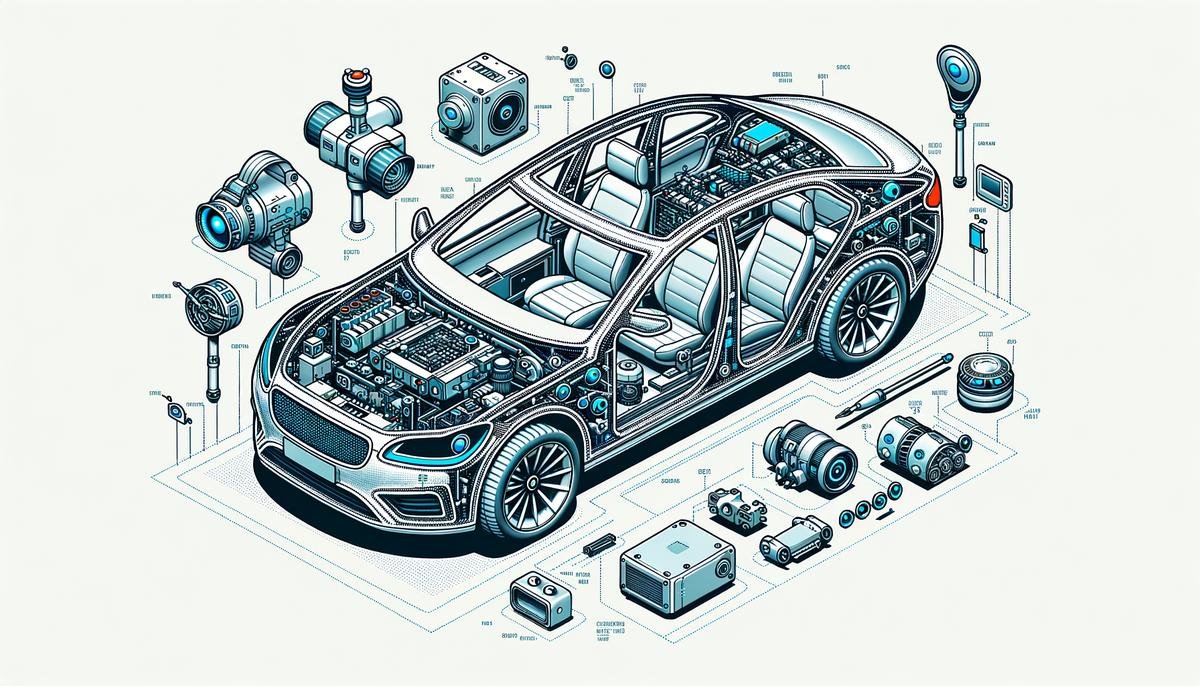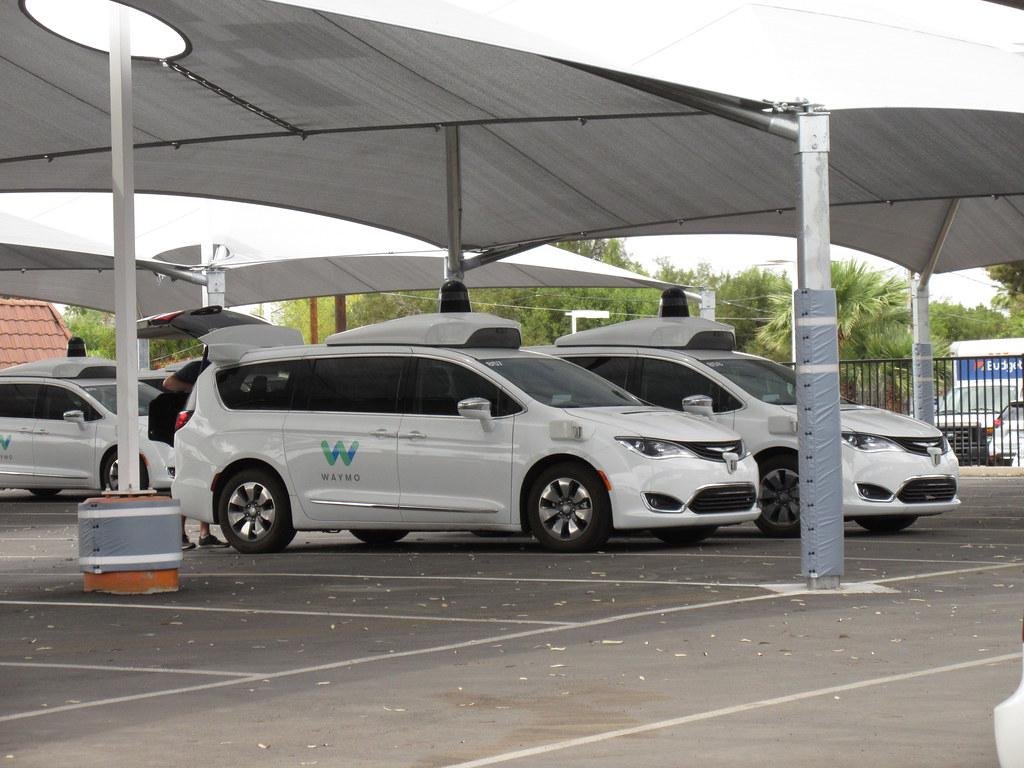Autonomous vehicles are steadily becoming a part of our daily lives, transforming how we think about transportation. As these driverless cars gain traction, understanding their technological, ethical, and regulatory dimensions becomes increasingly important.
Understanding Autonomous Vehicles
Autonomous vehicles (AVs) rely on a scale of autonomy defined by the Society of Automotive Engineers, ranging from Level 0 (full human control) to Level 5 (full automation). Currently, most AVs are in the middle levels, with advanced systems handling tasks like steering and accelerating under human oversight.
The technological core of AVs includes:
- Artificial intelligence for decision-making
- Sensors such as radar, LiDAR, and cameras for mapping the environment
These components work together to process scenarios and navigate safely through various conditions.
Ethical considerations are significant, as AI must make nuanced moral decisions in potential risk scenarios. This represents a departure from traditional human-driven ethics.
As autonomous vehicles become more common, they are likely to reshape:
- City infrastructure
- Global logistics
- Personal mobility
They may soon play larger roles in public transit and delivery services, signaling a shift in how we approach transportation.

Ethical Dilemmas in Autonomous Driving
The ethical dimension of autonomous driving presents complex challenges. The Trolley Problem exemplifies these dilemmas, where an AV might need to choose between different harmful outcomes. Programming for such scenarios requires balancing various factors to protect all parties involved.
Key ethical concerns include:
- Data privacy: AVs collect extensive data on their surroundings, which must be protected from misuse or unauthorized access to maintain public trust.
- Transparency and accountability in AV decision-making: Understanding the choices made by a vehicle's AI in the event of an incident can help determine if it acted within ethical and legal boundaries.
However, deciphering these decisions can be challenging, necessitating frameworks that make AI choices both visible and comprehensible.
As autonomous vehicles become more prevalent, they must carry the weight of ethical responsibility alongside their technological capabilities.

Safety and Control in Autonomous Vehicles
Autonomous vehicles offer potential safety benefits by reducing human error, such as distracted driving. Their advanced sensors and quick decision-making can provide advantages over human drivers in many scenarios.
However, the shift to autonomous driving also raises concerns about control. As reliance on this technology increases, human driving skills may decline, potentially leaving us unprepared in situations that require manual intervention.
Striking a balance between safety and control means ensuring that humans remain an integral part of the system, ready to engage when necessary. This could involve a co-pilot mode where machines lead under normal conditions, but humans are prepared to take over when needed.
"Collaboration between researchers, lawmakers, and tech companies is essential to develop both regulatory and technological safety measures that can foster public confidence in autonomous vehicles."

Regulatory and Legal Frameworks
The regulatory landscape for autonomous vehicles varies widely:
- In the United States, the National Highway Traffic Safety Administration provides guidelines, but states create their own rules.
- Germany has taken steps toward comprehensive legislation, potentially setting an example for other jurisdictions.
Liability is a key issue in AV regulation. Determining responsibility in the event of an accident becomes more complex when human drivers are not directly involved. This may lead to shifts in how insurance policies are structured, potentially increasing the role of product liability for manufacturers.
AI ethics play a crucial role in guiding the development of AV regulations. These principles ensure that autonomous systems operate not just legally but also morally.
As the technology advances, regulations must keep pace. Cooperation between lawmakers, tech companies, and ethicists is necessary to create a framework that balances innovation with responsibility, ensuring the safe integration of autonomous vehicles into society.

Real-World Case Studies
Waymo's self-driving taxi fleet in Phoenix, Arizona, demonstrates the potential of autonomous vehicle deployment. Operating in a geofenced area, the program has shown safety benefits and highlights the importance of collaboration with regulators.
Conversely, an incident in Tempe, Arizona, involving an Uber self-driving car resulted in a pedestrian fatality. This case underscored the need for ongoing scrutiny of both technology and human oversight in autonomous systems.
These examples emphasize the importance of public acceptance in AV deployment. Transparency about system capabilities and limitations is crucial for building trust. Waymo's community engagement initiatives in Phoenix provide a model for fostering public acceptance.
The contrasting outcomes of these cases highlight the need for a harmonized regulatory approach. Ongoing dialogue among lawmakers, tech companies, and the public is essential to create strong frameworks that prioritize safety without impeding innovation.
As autonomous vehicles continue to develop, these real-world experiences offer valuable lessons for shaping a future where they are a trusted part of daily life.

As we move forward, the integration of autonomous vehicles into our society will hinge on balancing innovation with responsibility. This journey promises to reshape mobility, demanding thoughtful consideration of both technology and ethics.
- Gerdes JC, Thornton SM. Implementable ethics for autonomous vehicles. In: Maurer M, Gerdes JC, Lenz B, Winner H, eds. Autonomous Driving. Springer; 2016:87-102.
- Karnouskos S. Self-driving car acceptance and the role of ethics. IEEE Trans Eng Manag. 2020;67(2):252-265.
- Novak TJ, Wiese EE. A framework for understanding moral dilemmas involving autonomous vehicles. Proceedings of the Human Factors and Ergonomics Society Annual Meeting. 2018;62(1):1465-1469.




